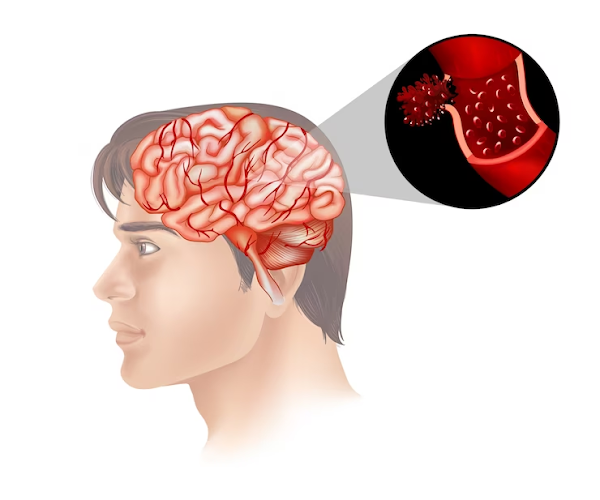Reasons for Brain Injury and How Support Group Help To Recover
Summary: The following blog describes the information about
traumatic brain injuries. Traumatic brain injury usually results from a violent
blow or jolt to the head or body. Traumatic brain injury happens when a sudden,
external, physical assault damages the brain.
Traumatic brain injury is a severe medical
condition that can significantly affect the life of a human being. The injury
is also known as a traumatic head injury, closed head injury, or head injury.
It is a confusing injury since it often produces a variety of symptoms that
vary significantly from person to person. Symptoms can also vary in adults and
kids. The best option to learn about this injury is to look at the different
symptoms of each type of traumatic head injury.
Causes of Brain Injury
Traumatic Brain Injury can cause an injury to the brain. In many
cases, it is obvious when a brain injury has happened. For example, a car
accident can cause a traumatic head injury that is very apparent. However, some
injuries are not as apparent. For example, someone who falls and then gets back
up may not even realize they have injured the brain. Later, when symptoms
present, a person knows something is wrong.
When a person suffers from a different injury
to the head, there is visible swelling or bruising. However, this swelling and
bruising may only be inside the skull in some cases when the brain starts to
swell and presses against the skull and causes serious effects, even death.
Types of Traumatic Brain Injury and Symptoms
Donate To Veterans In Northern Virginia is one of
the best brain injuries. The symptoms of the type of injury include
unconsciousness and amnesia. The person forgets the events that led to the
injury and those following the injury, such as headaches,
confusion, dizziness, blurred vision, and mood changes.
Moderate to severe traumatic brain injuries
produce persistent headaches, seizures, vomiting, problems waking up from
sleep, dilated pupils, and problems with speech, weakness in the body,
coordination, confusion, and changes in temperament.
Mild, moderate, and severe traumatic injuries
to head are the type of brain injuries specific to adults. However, these
injuries in children are much different. Kids cannot tell you how they feel,
and they may not have the skills developed yet to know when something is wrong.
Symptoms of the injury to the head in kids
include problems eating, cranky moods, problems sleeping, problems in school,
and loss of interest in favorite activities.
Seeking Treatment
After any injury to the head or the
surrounding area or other traumatic injury or fall, a person can check out by
medical personnel. Any condition where the body is bumped roughly or otherwise
injured could lead to a brain injury. The brain can easily bump against the
skull, and swelling can begin. Therefore, it is better to be safe with any head
injury and seek medical treatment as soon as possible. In most cases, the
doctor will observe the patient for a short period to see if symptoms of an
injury to the head are present.
An injury is always taken seriously. The brain
is a tough organ that can easily be injured. Therefore, it is essential to seek
medical care if a traumatic head injury is suspected so that treatment can
occur and further problems can stop.
Deceleration injuries are often called diffuse
axonal injuries. This type of injury is more due to the physics of the brain
than anything else. The skull is rigid and inflexible, while the brain is soft
with the consistency of jello. When the skull rapidly decelerates due to
contact with a stationary object, the brain moves around inside the skull. The
brain can move at a different rate than the skull because it is soft. In
addition, various parts of the brain move at excellent speeds because of the
relative lightness or heaviness.
The differential development of the skull and
the brain when the head is struck leads to direct brain injury. The brain
injury is due to diffuse axonal shearing, discoloration, and brain swelling.
Diffuse axonal shearing stretches and compresses the axons and neurons due to
the gelatinous consistency. This movement causes the fragile axons to be
compressed and stretched.
Open head injuries are frequently bullet
wounds. They involve some object, such as a bullet, a nail, etc., penetrating
the skull. Generally, the type of wound has mainly focal damage or damage
confined to a small brain area. Despite this, the effects of the injury can be
as severe as closed brain injuries.



Comments
Post a Comment